Built in 1894, and opening a year later, the 658-foot-long Penarth Pier in the town of Penarth, Vale of Glamorgan, South Wales, is reminiscent of more gentle times and is one of only two surviving pleasure piers in south Wales, the other being Mumbles.
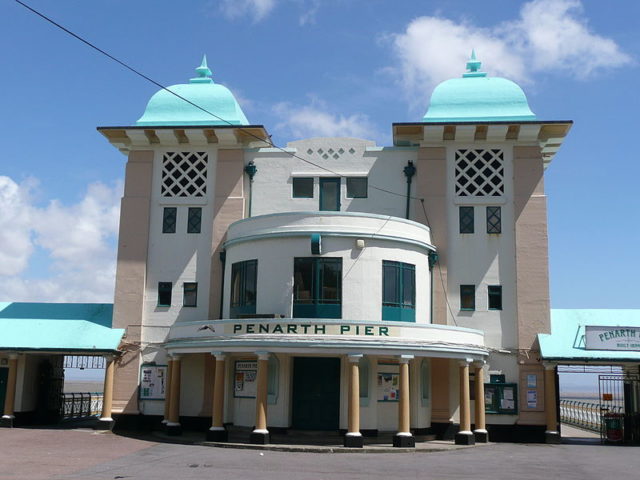
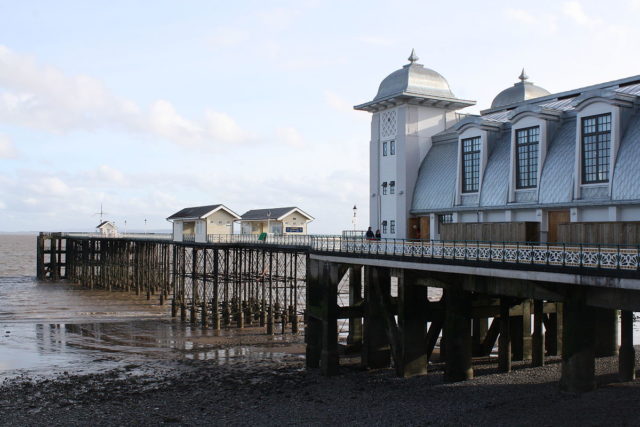
The growing popularity of Penarth beach and the need for better communications with Cardiff led to the Cardiff Steam and Navigation Company starting a regular ferry service between Cardiff and Penarth in 1856, which continued until 1903.
Boats were loaded and unloaded at Penarth using a landing stage on wheels which was hauled up the beach.
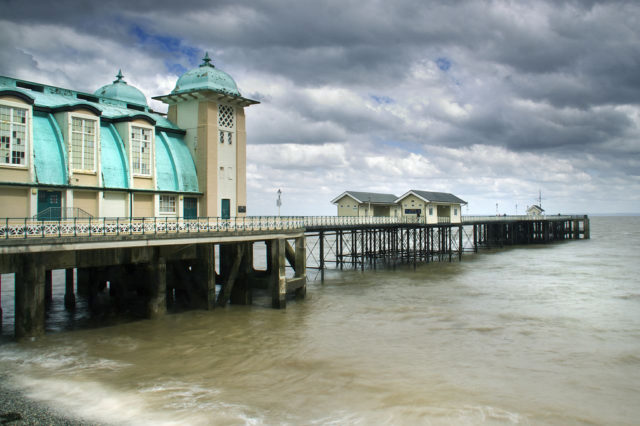
The original structure was made of cast iron with a timber deck and acted as a promenade and landing jetty for steamships trading in the Bristol Channel.
Designed by a local engineer H. F. Edwards, construction of the cast iron screw piers, cast iron supports, and the wooden deck was begun by Mayohs Brothers in 1894.
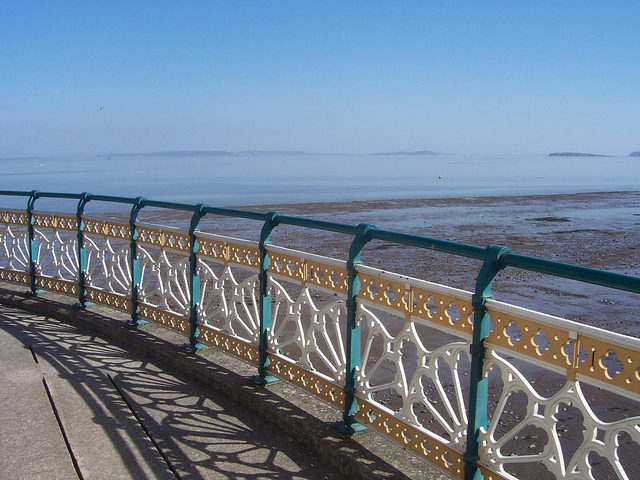
It was 658 feet long, this being the maximum length allowed to avoid affecting the deep water channel into Cardiff Docks.
The pier was an immediate success. It was a popular attraction to seaside-goers at the time who also enjoyed trips on pleasure steamers that operated from the pier.
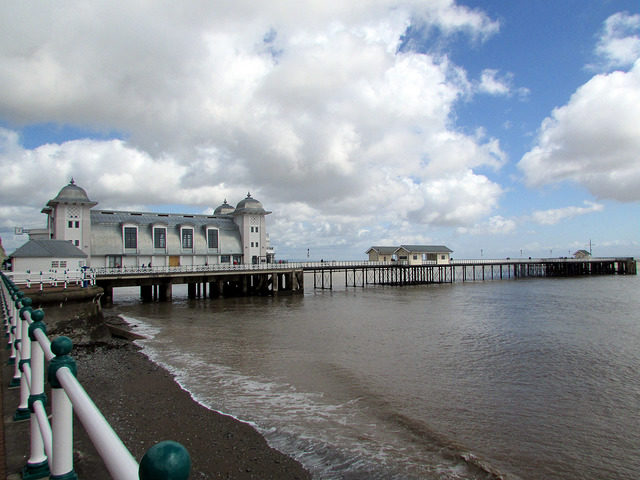
Following the outbreak of war in 1914, the pleasure steamers took up duties as minesweepers and the pier was requisitioned by the Army.
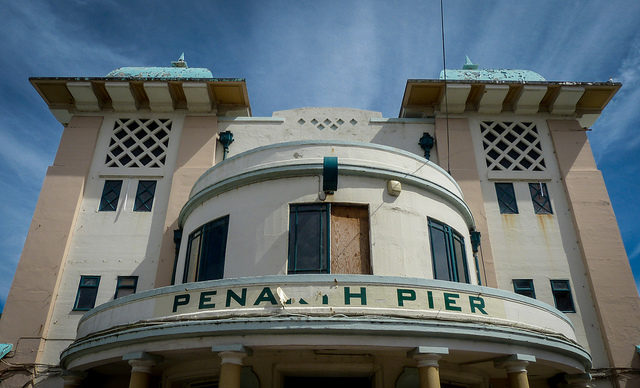
The art deco Pier Pavilion, designed in 1929, opened in 1930 by the council, was used as a venue for traditional seaside entertainment, as well as a concert hall.
This art deco structure has made a significant difference and enhances the pier although it has over the years suffered from neglect and damage caused by collisions from a number of ships.
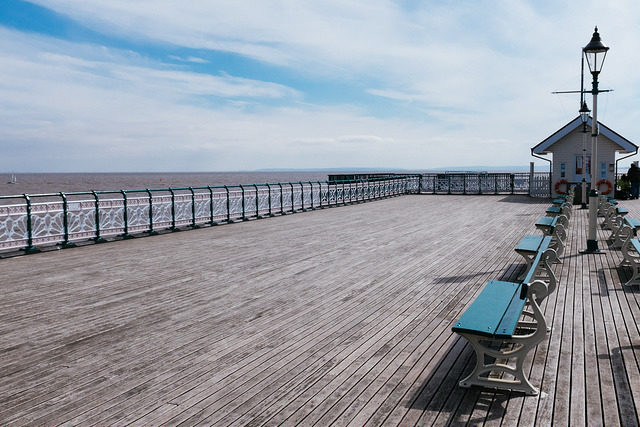
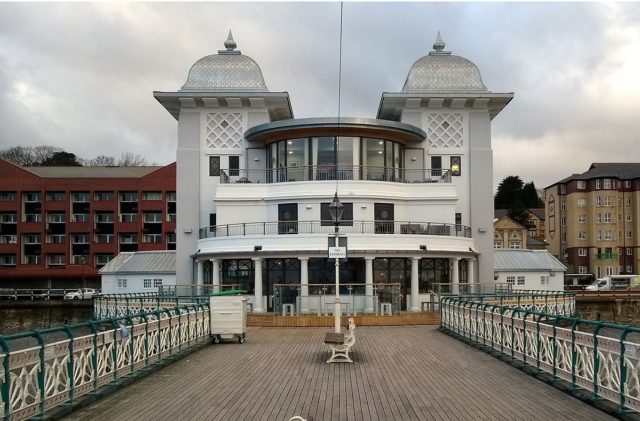
In 1931, a fire broke out in one of the wooden pavilions and it was never replaced, but the concrete pavilion has been used over the years as a concert hall, ballroom, cinema, and for other purposes.
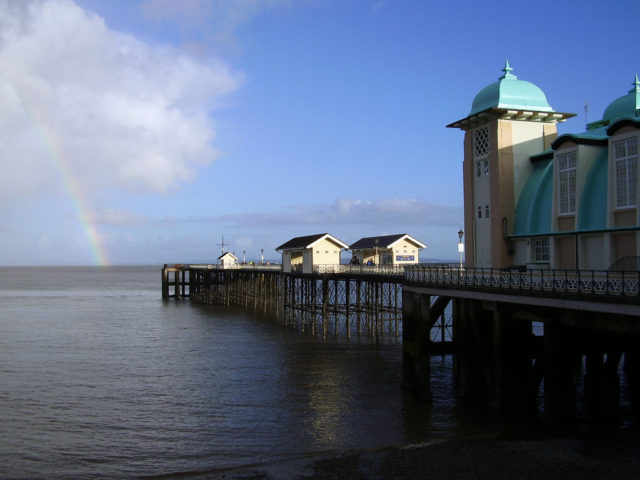
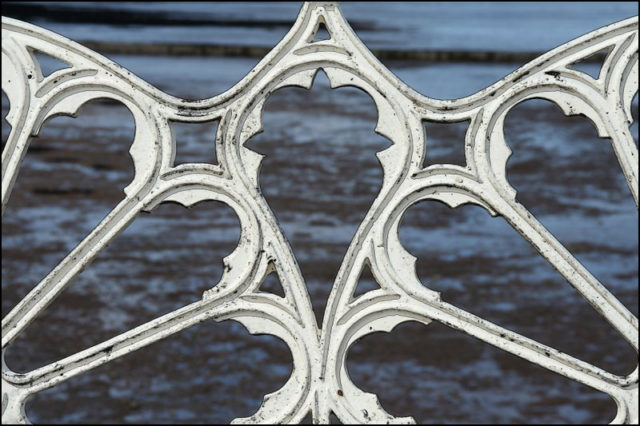
At that time, the pavilion provided concerts and variety shows. That lasted for a very short time because people’s tastes changed and the pavilion was turned into a cinema.
However, the cinema closed and after another attempt at operating it as a concert hall, it reopened as the Marina Ballroom in 1934.
When World War II started in 1939, the paddle steamers were requisitioned and the pier closed to the public.
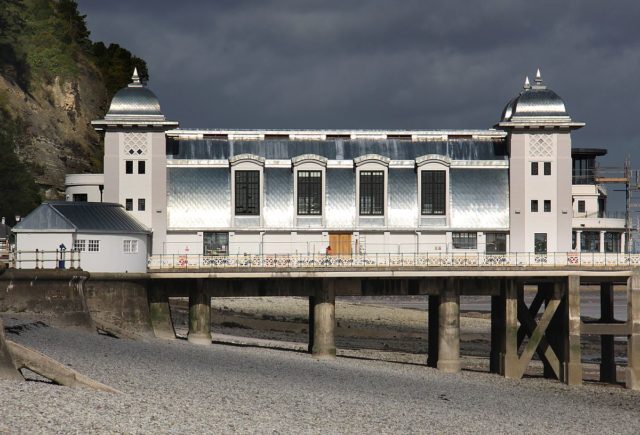
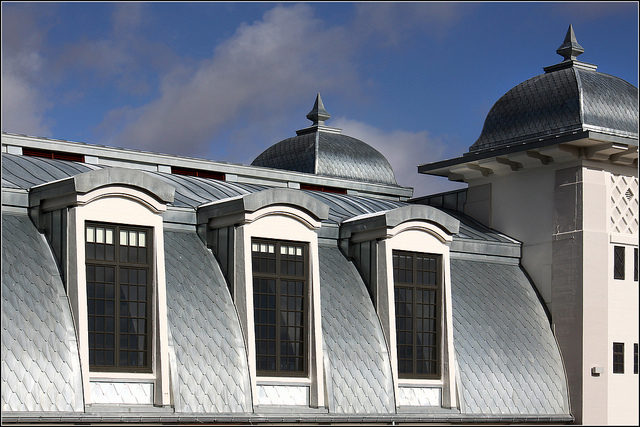
It remained popular throughout the 1950 and ‘60s, although the increasing freedom offered by the motor car began to take people away to other destinations.
The pier is still as popular as ever with visitors and is a port of call for the cruise ship Waverley, the last sea-going paddle steamer in the world.
No comments:
Post a Comment